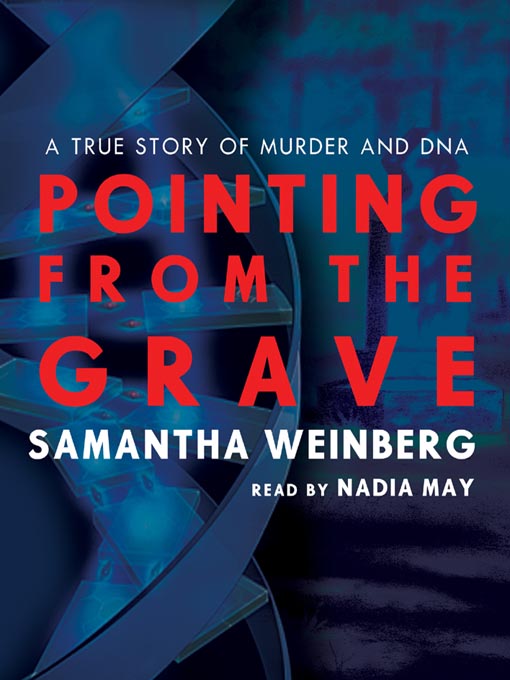
Pointing from the Grave
A True Story of Murder and DNA
کتاب های مرتبط
- اطلاعات
- نقد و بررسی
- دیدگاه کاربران
نقد و بررسی

After a comprehensive explanation of DNA and Mendelian genetics, Samantha Wienberg recounts the life and death of British scientist Helena Greenwood. In 1985, David Paul Frediani is arrested for the home invasion and sexual assault of Greenwood. Months later, Greenwood is murdered, strangled in her own garden. No evidence links prime suspect Frediani to the murder, but he is convicted of the assault. The murder case remains open, and Greenwood's bloody clothes and fingernail parings are stored. As advances in forensic DNA occur, the fifteen-year old murder is finally solved. Narrator Nadia May keeps the overly long tale absorbing. May handles Weinberg's interviews with Frediani, his family, Greenwood's family, and numerous genetic scientists with tact and taste. Her performance makes this carefully researched true-crime drama as fascinating as crime fiction. S.J.H. (c) AudioFile 2003, Portland, Maine

March 24, 2003
Weaving together cutting-edge genetics and forensic criminology, courtroom drama and multiple perspectives, Weinberg's book is an ambitious and riveting tale of crime and the science that has been developed to counter it. In 1984, Helena Greenwood, a chemical pathologist and successful executive in the burgeoning biotech industry, is sexually assaulted in her San Francisco home. Paul Frediani is eventually arrested as the primary suspect—after he is caught exposing himself to a 13-year-old girl. But following the initial arraignment, Greenwood is found viciously murdered in the front yard of her new home in Southern California. Lacking conclusive evidence, the police store Greenwood's bloodied clothing and fingernail clippings in Ziploc bags, the case is shelved and the murder goes unsolved for 15 years. Although this crime is not as sensationalistic as some, Weinberg plucks out the gripping details and fortifies her account with a crisp history of DNA, from Watson and Crick's discovery of the double helix to the pitched legal battles over the validity of DNA evidence. Weinberg (A Fish Caught in Time) is at her best when she is the beat-stomping journalist faithfully letting her well-chosen story tell itself. She is far less assured, however, with hard-hitting metaphors ("One by one, she picks up Bartick's points, then neutralizes them, as if killing mosquitoes with a giant can of Doom"), and least successful when she tries to write herself melodramatically into the story: "I have been sucked into the spinning spirals, and even if I wanted to jump out, I do not think I could." Thankfully, Weinberg rarely gets in the way. (Apr.)Forecast: Fans of Weinberg's last book,
A Fish Caught in Time: The Search for the Coelacanth—a popular work of journalistic paleontology—will likely join a larger, more varied readership for this book: mainly pop science and criminology buffs.

























دیدگاه کاربران